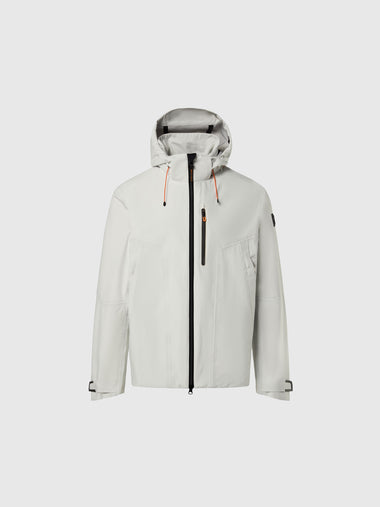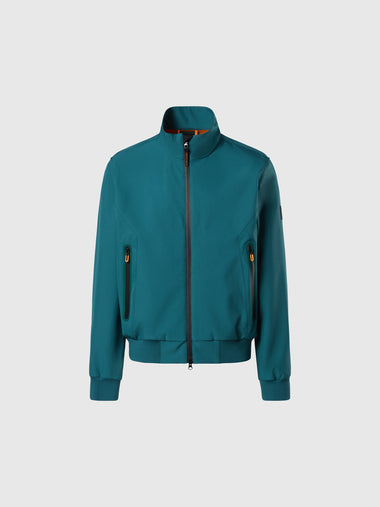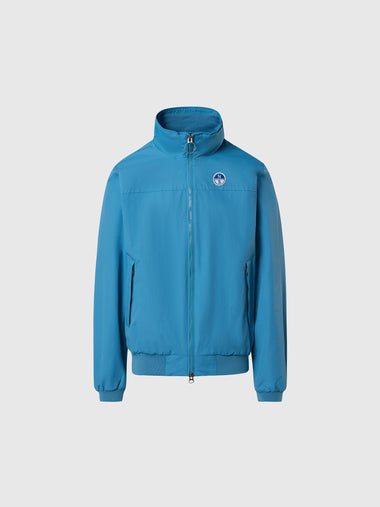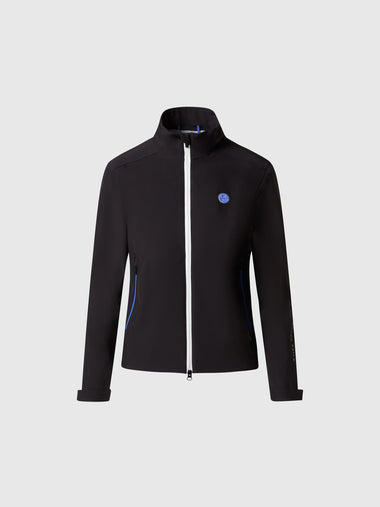INTERNATIONAL MOTH TUNING GUIDE
This guide is designed to add additional support information to sailors rigging their International Moth Helix sails for the first time. There are some fundamental differences with the Helix sail, ‘twin-skin’ split batten technology, compared to previous models. The Helix sail offers a large step forward in performance, however, there are some new learnings required when rigging, which once understood, is neither complicated nor time-consuming.
Initial Set-Up
When your sail arrives the following should be included:
1. 7 x Full Length Split Battens
2. 6 x Decksweeper battens – Glass RB
3. 13 x Rocket Adjusters
4. 6 x mast cups. Numbered 1-6
These battens should be cut to length and there should be no requirement to adjust the length of them. Please contact a North Sails representative if you feel the battens need to be adjusted. Any batten length adjustment should be off the back of the batten and not from the split end.

Batten lengths may vary +/-20mm
These parts should be fitted, but if not, take the following steps:
Battens
Step 1: Batten Cups
The battens cups need to be threaded onto the webbing strap found inside the luff tube. The webbing strap prevents the cups from moving in a vertical direction whilst sailing, hence the cups grip onto the strap quite tightly.

Once the cups are threaded onto the webbing strap, pass the strap down the luff tube, ensuring to remove any twists from the strap.

The Cups may need adjusting slightly once you are rigged. Follow the impression of the batten along the batten pocket and aim to keep it aligned or fractionally on the high side of the pocket. The webbing strap may be overlength and can be cut to length – around the height of the boom. There is no requirement to locate the lower end of the strap.
Step 2: Batten insertion
- Batten #1
The top batten doesn’t have a mast cup. There are however 2 batten pockets on the luff tube, one on each side. The split batten end needs to pass into each of these pockets. The batten pockets are offset so that each of the split tips can be inserted in turn. Put your hand up inside the luff tube from the zip at batten #2. Pass the tip of the #1 batten into the pockets on each side of the sail. This process can be slightly tricky but easily managed and only has to be done once.
- Batten #2 - #7
These battens are to be inserted from the rear end and then the split tip is inserted into the receptacles on the rear face of the cups. There are sacrificial pieces of plastic within these receptacles that are designed to break and distort to add friction to the batten and prevent it from falling out. The batten will need to be pushed firmly into the batten cup receptacle. At batten #7 there is a batten holder on each side of the luff tube. Each half of the batten needs to be passed through these.
Add rocket batten tensioners to all battens.
Step 3: Deck Sweeper Battens
There are 6 x deck sweeper battens that can be fitted and rocket tensioners added.
The diagonal deck sweeper battens are the only battens that need removing for de-rigging and sail rolling.
Rigging
Step 1
Insert the mast into the luff tube, as per all previous models, ensuring to pass the mast above the battens and not through any of the split battens.
Note:
Avoid wrapping the mast tip around the webbing strap
At batten 7 there are batten holders on each side of the luff tube, the mast must pass in front of these.
Once the mast tip reaches batten #2, the uppermost batten cup, ensure to thread this batten cup onto the mast (pushing the mast in front of the cup). Continue to push the tip of the mast into the head of the sail.
Step 2
Shuffle the luff of the sail down the mast until you can see the forestay and spreader fittings.
KEEP ALL BATTEN CUPS OFF THE RIG AT THIS STAGE (except for Batten #2 – cup #1)
Step 3
Continue to rig the sail onto the boat. Attach the clew and boom vang. Some pre-bend will be required to attach the batten cups.
Step 4
Once there is some pre-bend, achieved by some vang load, the next step is to put the batten cups onto the rig. Work from the top down, carefully putting each cup onto the rig. Normally twisting them slightly can help to get them on. Once all the cups are on, slide the luff tube downwards and attach the cunningham.
De-Rigging
Aim to do the above procedure in reverse. Remove cups from the rig before releasing the clew. This de-loads the sail and it's far easier to remove spreaders etc.
Tuning & Race Set-Up
Battens
In general batten tension should increase from top to bottom. Aim for one or two small creases in batten #1, one crease in batten #2, half a crease in batten #3, and no creases in battens #4-7. Luff round and sail camber can be tailored with batten tension in the lower battens. Adjusting batten tension to different wind conditions will produce performance variation as the batten tension will increase camber.
Batten cups
When fully rigged with vang and cunningham loads @ 70% ensure the battens run along the batten pockets and the cups are not sitting too high or too low. Aim to have the batten and cup just high within the batten pocket.
There are a few nuances to this new design, but once understood, rigging time is very similar to previous models.
Please feel free to contact Rob Greenhalgh with any questions.



























